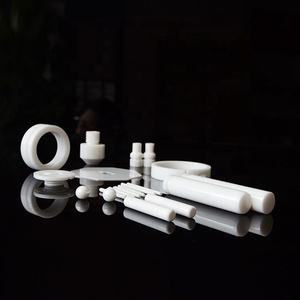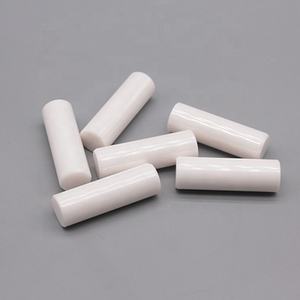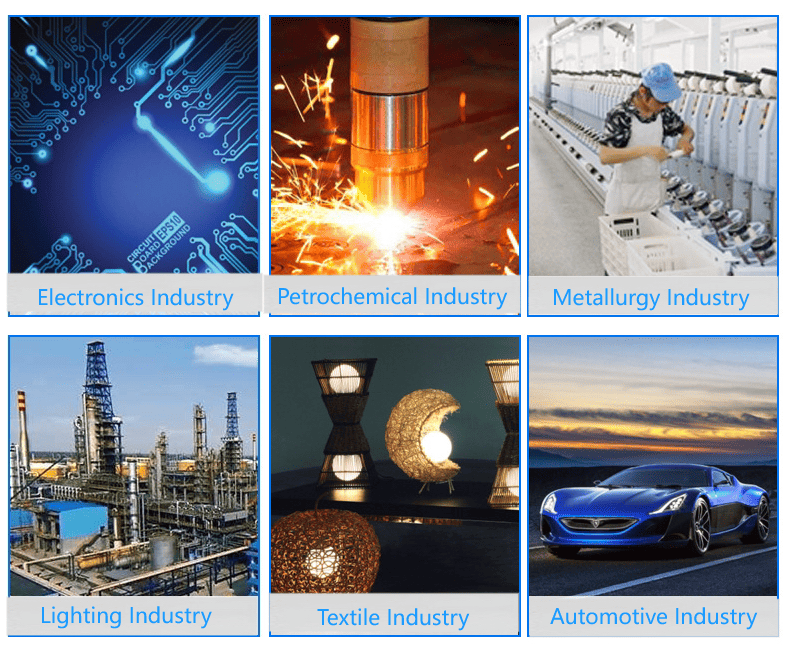Discover Premium Ceramic Products | Durability & Elegance United | Advanced Ceramics
PRODUCT PARAMETERS
Description
Introduction to Alumina Ceramics
Alumina ceramics are known for their high hardness, wear resistance, corrosion resistance, good electrical insulation and high temperature stability. According to the different alumina content, it can be divided into different grades, such as 95 porcelain, 99 porcelain, etc., among which 99 porcelain refers to ceramic materials with an alumina content of 99%. As the alumina content increases, its mechanical strength and electrical insulation properties will also increase accordingly.
Characteristics of Alumina Ceramics
High Hardness: Alumina ceramics have extremely high hardness, which makes it very wear-resistant and suitable for manufacturing abrasive tools and parts that require wear resistance.
Wear resistance: Due to its high hardness, alumina ceramics show excellent wear resistance and are suitable for manufacturing parts for long-term use.
Corrosion resistance: Alumina ceramics have good resistance to most acids and alkalis, making them widely used in the chemical industry.
Good electrical insulation: As an excellent electrical insulating material, alumina ceramics are widely used in electronic and electrical products.
High temperature stability: Ability to withstand extremely high temperatures without significant physical or chemical changes, which makes it an ideal choice for applications in high temperature environments.
Biocompatibility: In the medical field, certain grades of alumina ceramics are used to make medical devices such as artificial joints due to their good biocompatibility.
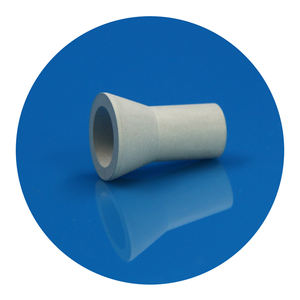
(Ceramic thermocouple Protection alumina pipe)
Specifications of Ceramic thermocouple Protection alumina pipe
Ceramic thermocouple protection alumina pipes protect temperature sensors in high-heat settings. The pipes use high-purity alumina ceramic. This material handles extreme temperatures up to 1800°C. It resists thermal shock. Sudden temperature changes won’t crack the pipe. The structure stays stable under repeated heating and cooling.
The pipes come in multiple sizes. Common outer diameters range from 6mm to 30mm. Wall thickness varies between 1.5mm and 5mm. Lengths adjust from 100mm to 1500mm. Custom sizes work for specific needs. The smooth surface stops debris buildup. This keeps measurements accurate.
Alumina ceramic resists chemicals. Acids and alkalis don’t damage the material. It stays strong in corrosive atmospheres. The pipes insulate electrically. This prevents interference with sensor signals. They work in industrial furnaces, kilns, and labs.
Installation is simple. The pipe slides over the thermocouple. Open ends allow easy sensor access. High-density construction blocks contaminants. Dust and gases stay out. Maintenance stays low. Users replace pipes less often.
The material’s hardness prevents wear. Abrasive particles or friction cause little damage. Long-term use keeps performance steady. The pipes suit continuous operations. Thermal conductivity remains low. Heat transfers slowly. Sensors stay safe from sudden spikes.
Color options include white or ivory. Surface finishes range from polished to matte. Tolerance levels meet strict industrial standards. Each pipe undergoes quality checks. Defects like cracks or bubbles get removed.
Alumina pipes pair with type B, R, S, or K thermocouples. They fit standard sensor housings. No extra adapters are needed. Costs stay reasonable for bulk orders. Delivery times depend on specifications.
The product serves metal processing, glassmaking, and aerospace. It handles molten metals or high-pressure gases. Users get reliable data. Downtime reduces. Production efficiency improves.
Customization covers holes, threads, or flanges. Special shapes support unique setups. Technical support helps with selection. Samples test compatibility before purchase.
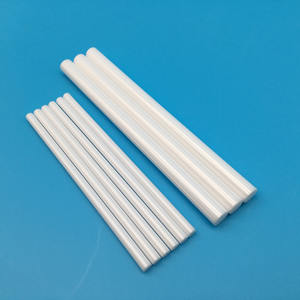
(Ceramic thermocouple Protection alumina pipe)
Applications of Ceramic thermocouple Protection alumina pipe
Ceramic thermocouple security alumina pipelines deal with severe problems in industrial settings. These pipelines shield temperature level sensors from straight warm, destructive substances, and physical damage. They guarantee precise readings in high-temperature processes. Alumina ceramic product supplies strong resistance to thermal stress and anxiety. This makes the pipes reputable for lasting usage.
These pipelines function well in heating systems, kilns, and activators. Their high chemical stability stops reactions with acidic or alkaline settings. They maintain architectural integrity even when subjected to molten metals or aggressive gases. Thermal shock resistance enables quick temperature changes without breaking. This is critical in applications where home heating or cooling down takes place rapidly.
In steel manufacturing, alumina pipes secure thermocouples throughout molten steel handling. They survive temperature levels above 1600 ° C. Glass producing uses them to keep track of furnace conditions. The pipelines hold up against molten glass dashes without deteriorating. Power plants rely upon these pipelines for boiler temperature level surveillance. They decrease downtime by avoiding sensor failing.
Chemical processing sectors make use of alumina pipelines in reactors and purification systems. The product withstands chlorine, sulfur, and various other destructive aspects. Aerospace applications include jet engine screening. The pipes give accurate data under extreme warmth. Semiconductor manufacturing uses them to control deposition procedures. High-purity alumina avoids contamination in delicate environments.
Electric insulation is one more key attribute. Alumina pipelines protect against electric disturbance in high-voltage setups. This guarantees specific signal transmission from thermocouples. The smooth surface area reduces accumulation of slag or down payments. This reduces upkeep requirements. Custom sizes and shapes fit specific devices designs. Machining tolerances satisfy limited commercial requirements.
Alumina’s low thermal conductivity safeguards bordering components from warmth. This enhances overall system safety. The material’s firmness withstands abrasion from fragments in gas streams. Lightweight layout streamlines installment contrasted to metal options. Expense efficiency comes from extended life span and reduced substitutes. Compatibility with numerous thermocouple types adds convenience.
Company Introduction
Advanced Ceramics founded on October 17, 2014, is a high-tech enterprise committed to the research and development, production, processing, sales and technical services of ceramic relative materials and products.. Since its establishment in 2014, the company has been committed to providing customers with the best products and services, and has become a leader in the industry through continuous technological innovation and strict quality management.
Our products includes but not limited to Silicon carbide ceramic products, Boron Carbide Ceramic Products, Boron Nitride Ceramic Products, Silicon Carbide Ceramic Products, Silicon Nitride Ceramic Products, Zirconium Dioxide Ceramic Products, Quartz Products, etc. Please feel free to contact us.(nanotrun@yahoo.com)
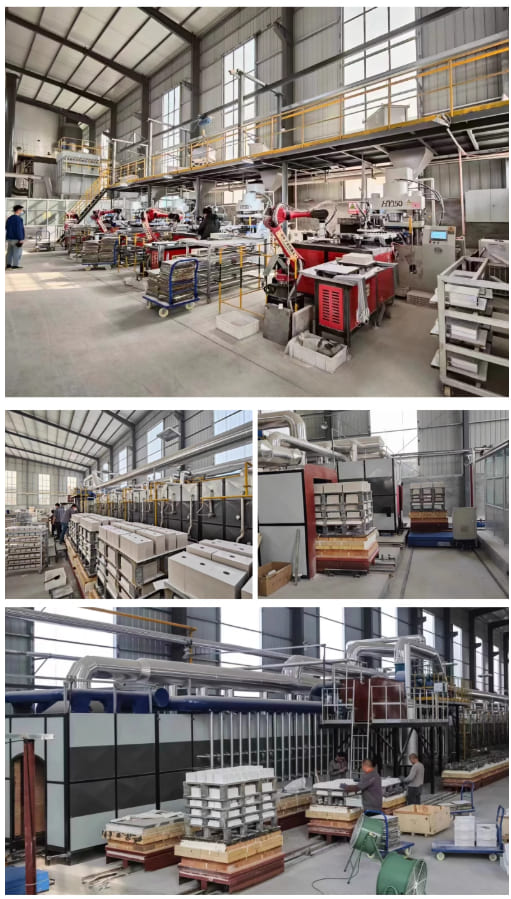
Payment Methods
T/T, Western Union, Paypal, Credit Card etc.
Shipment Methods
By air, by sea, by express, as customers request.
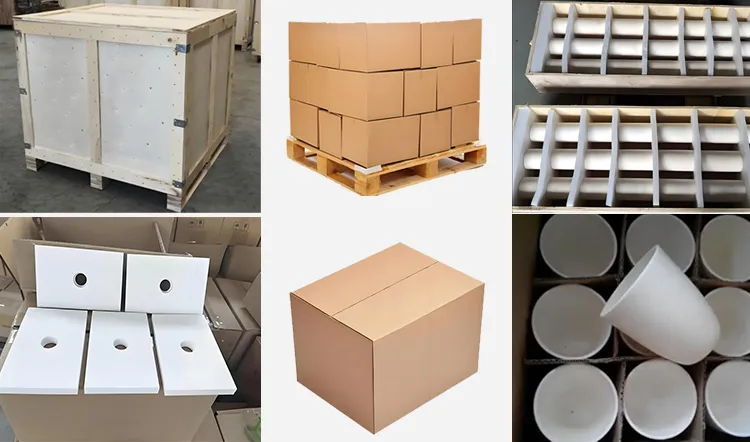
5 FAQs of Ceramic thermocouple Protection alumina pipe
Ceramic thermocouple protection alumina pipes are used in high-temperature settings. Here are five common questions about them.
What are ceramic thermocouple protection alumina pipes made of? They are made of high-purity alumina. Alumina is a type of ceramic material. It handles extreme heat well. It also resists chemical corrosion. This makes it ideal for protecting thermocouples in harsh environments.
Why use alumina instead of metal? Metal can melt or corrode under high temperatures. Alumina stays stable even above 1600°C. It does not react with most chemicals. This keeps thermocouples safe longer. Metal parts might need frequent replacement. Alumina reduces downtime and costs.
Can these pipes handle sudden temperature changes? Yes. Alumina has good thermal shock resistance. It cools or heats up fast without cracking. This is important in processes where temperatures shift quickly. Regular ceramics might break under similar conditions. Alumina’s structure prevents this.
Are these pipes compatible with all thermocouples? Most standard thermocouples fit inside alumina pipes. The inner diameter can vary based on the thermocouple size. Custom sizes are available. Check the pipe’s specs before buying. Proper fit ensures accurate temperature readings and protection.
How long do alumina protection pipes last? Their lifespan depends on usage conditions. In consistent high-heat environments, they last years. Exposure to extreme thermal cycling or abrasive materials may shorten this. Regular inspection helps spot wear early. Replace pipes if cracks or thinning appear.
These pipes are widely used in industries like metallurgy, glassmaking, and labs. Their durability and heat resistance make them reliable. Proper selection and maintenance ensure optimal performance.
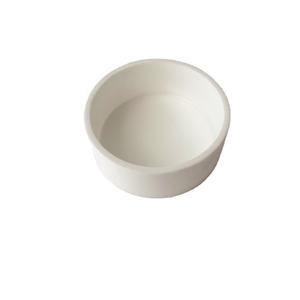
(Ceramic thermocouple Protection alumina pipe)
REQUEST A QUOTE
RELATED PRODUCTS
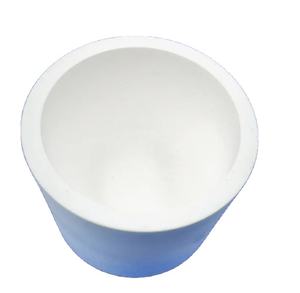
High Temperature Resistant/alumina Ceramic Pipe/al2o3 Tube
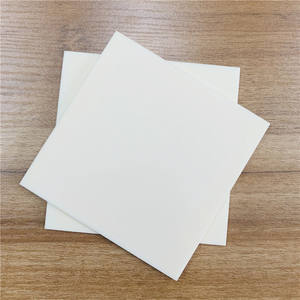
Hot Ceramic Factory Direct Alumina Ceramic Tiles

High Quality White 92%95% Wear Protection Alumina Ceramic Plate Ceramic Alumina Tile With Wear Resistance
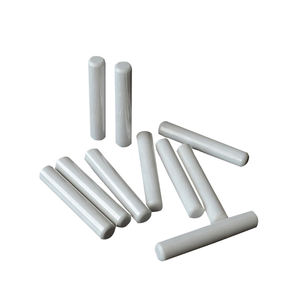
Water Treatment Orp Ceramic Ball Tourmaline Alkaline for Drinking Water Dispenser Alkaline Alumina Ceramic Ball Beads

High Quality Steatite Ceramics for Industries Alumina Industrial Ceramics
